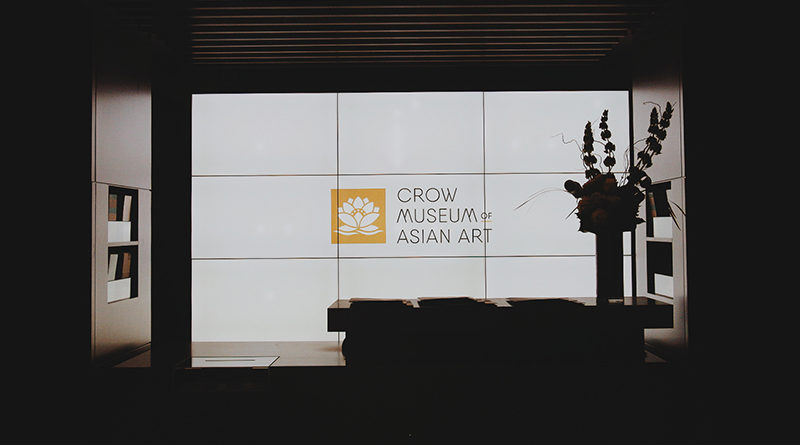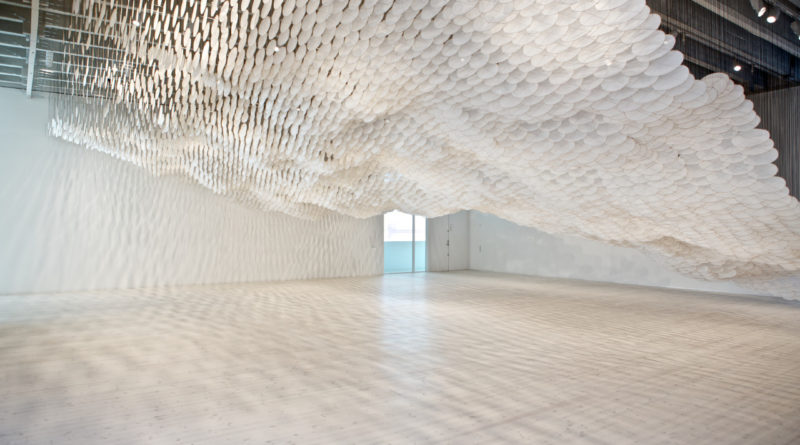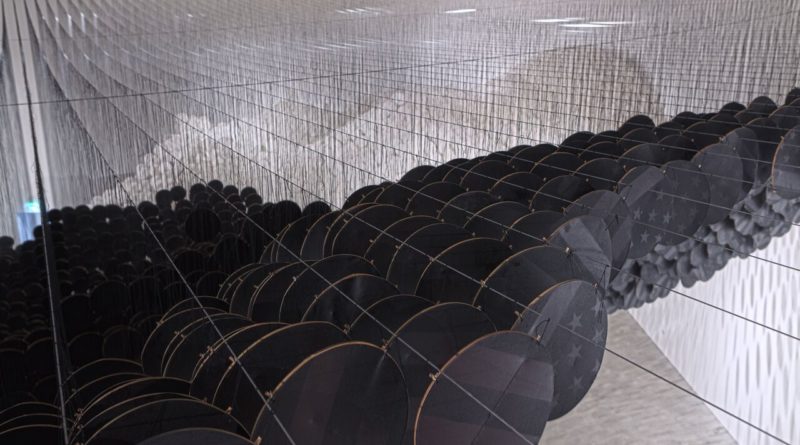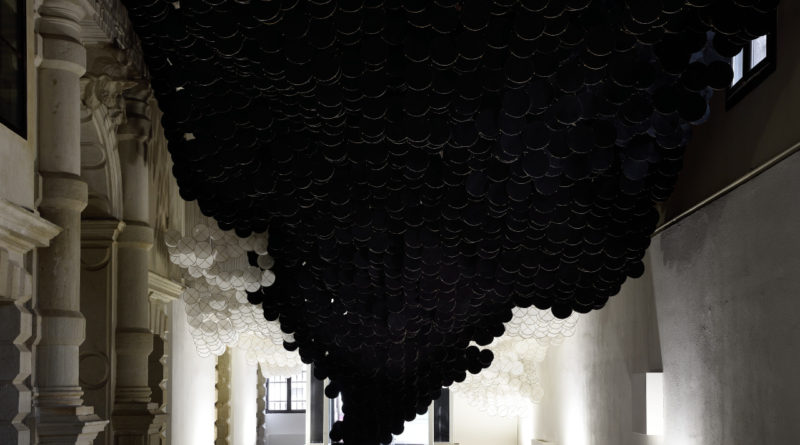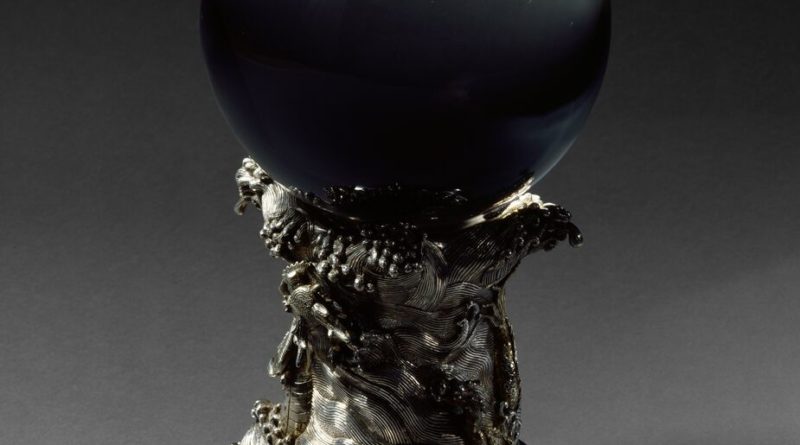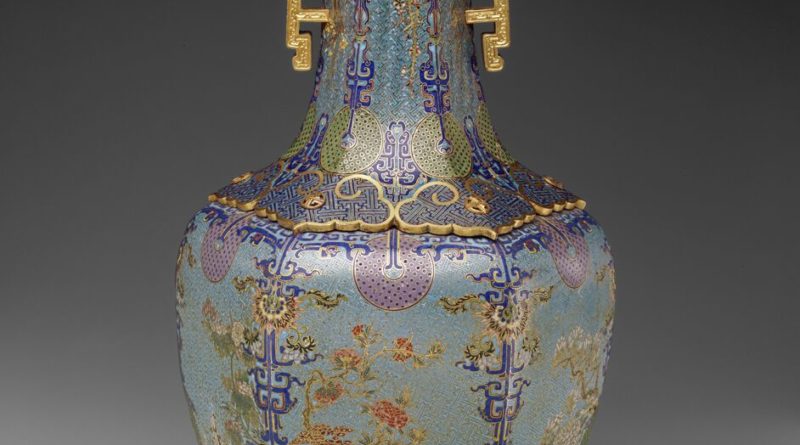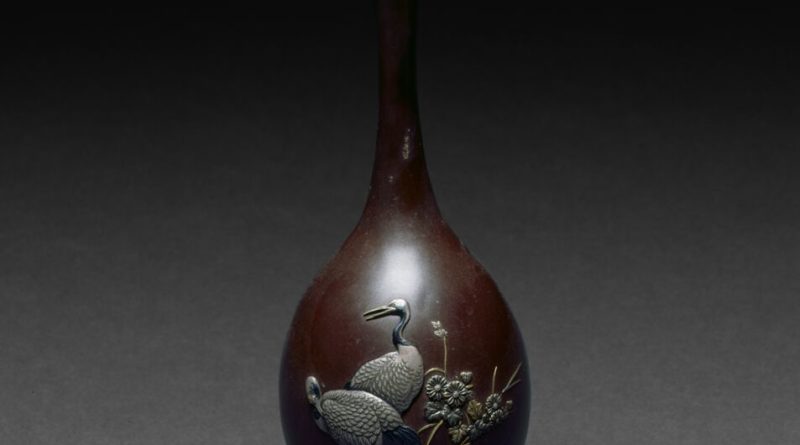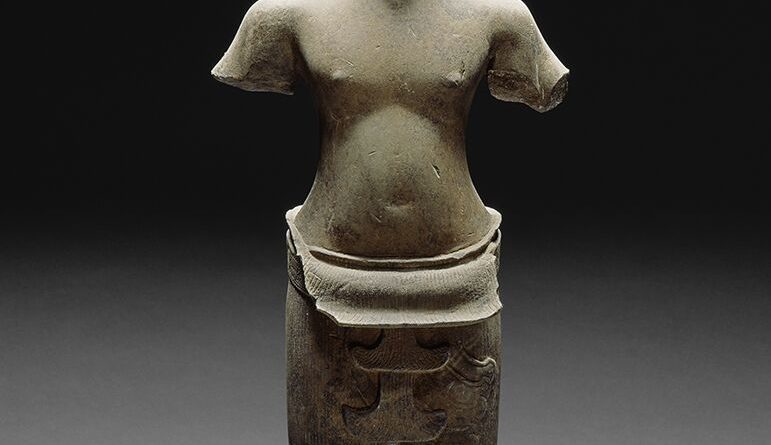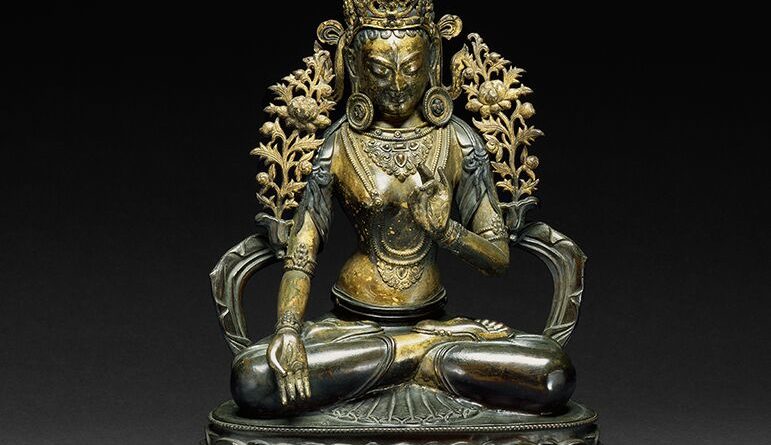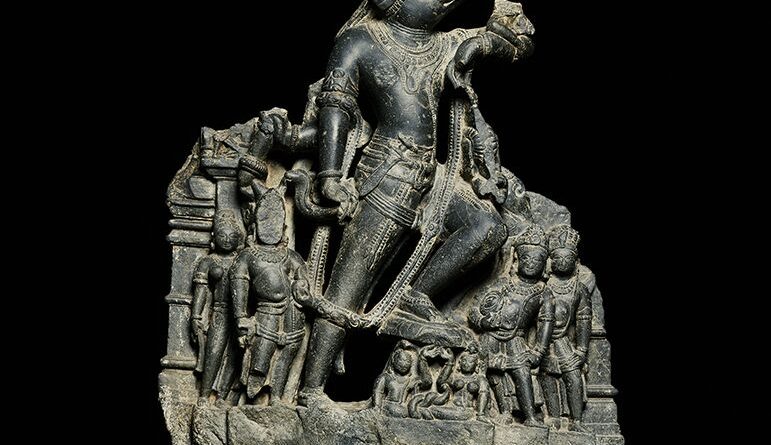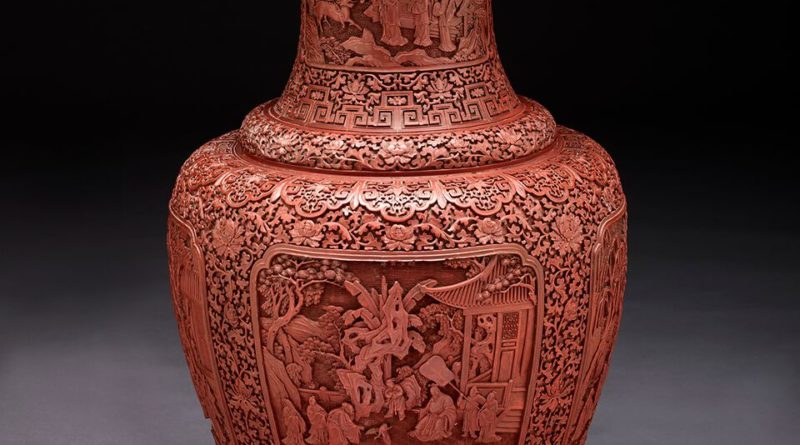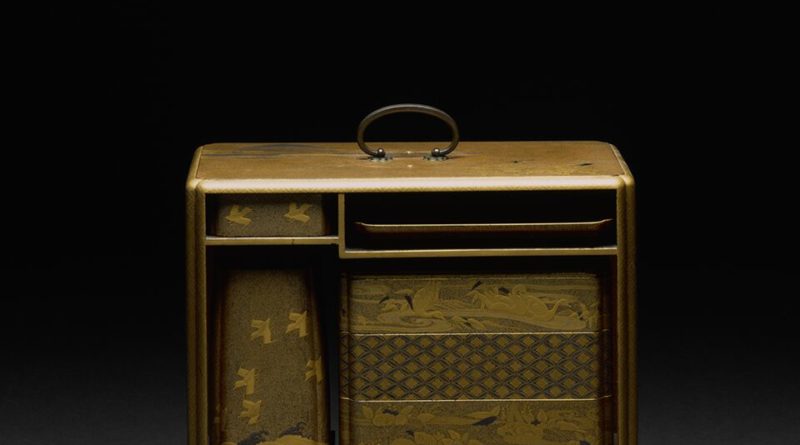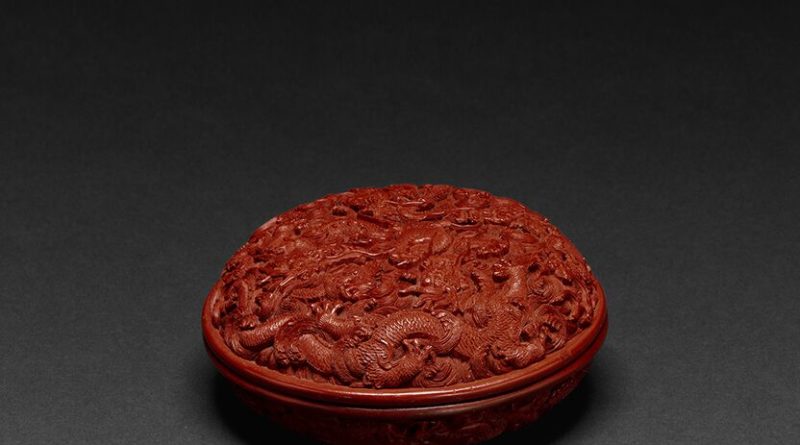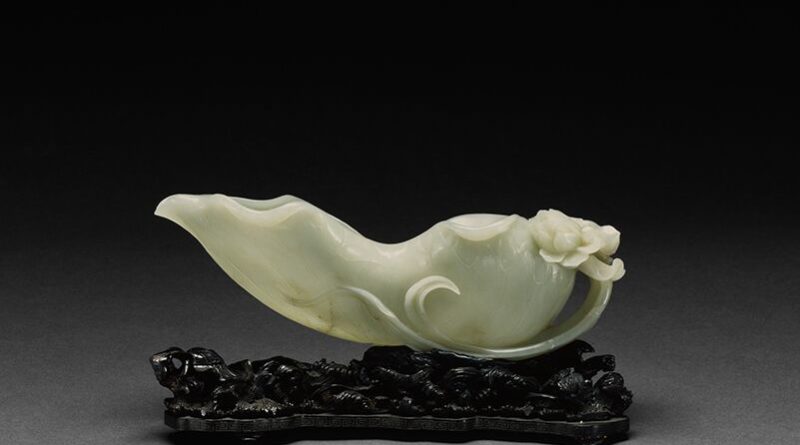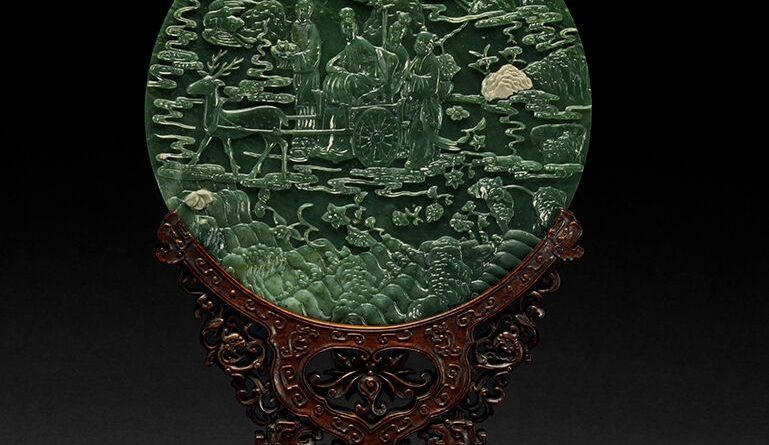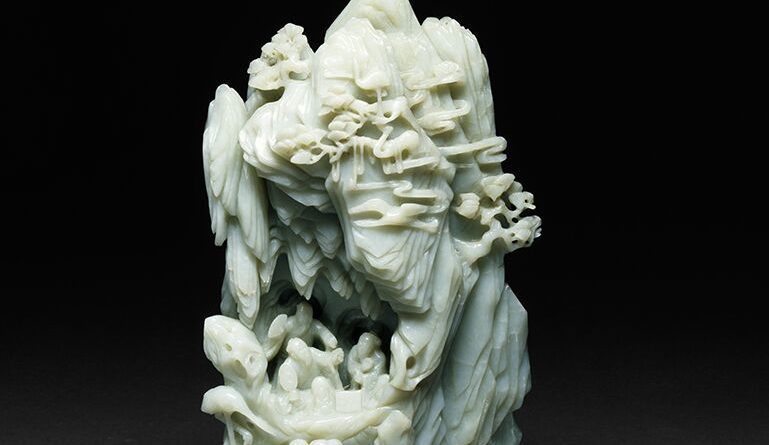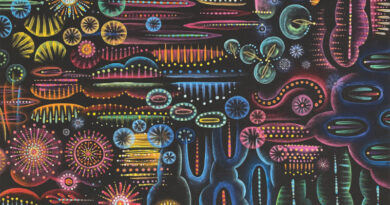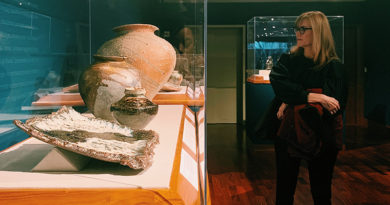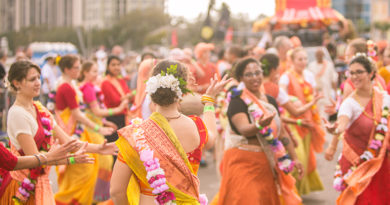Crow Collection Commemorates 20th Anniversary
Marking its 20th year, the Crow Collection of Asian Art has unveiled a multi-million dollar expansion, a new name, and five new exhibitions.
The renovations to the museum include a new downstairs gallery that connects the existing upper galleries, expansions to existing galleries, street access and a Feng shui redesign of the museum’s Lotus Shop, and the addition of the Pearl Art Studio.
Since completing construction this year, the non-profit, formerly named the Crow Collection of Asian Art, has decided to rebrand themselves as the Crow Museum of Asian Art. The official name unveiling was presented Sept. 28.
The five new exhibitions accompanying the museum’s 20th anniversary are as follows:
Jacob Hashimoto: Clouds and Chaos. “Throughout the history of Asian art, clouds have served many functions: as framing devices, interstitial motifs and as compositional boundaries. Hashimoto’s forthcoming central work, Nuvole — which means “clouds” — explores how clouds can function as divisions of space while remaining the apotheosis of ethereal formlessness. This new site-specific sculpture, which will weave around the gallery and over major works from the museum’s collection, shows how much can be found in both the intricate detail of minute components and the large-scale meanings that can result from their accumulation. Nuvole is joined by a selection of Hashimoto’s latest woodblock prints, exhibited for the first time in a U.S. museum.”
Our Asian Art Museum: The Crow at Twenty “pairs 20 masterworks from the museum’s permanent collection selected by numerous community leaders, including Dallas Mayor Mike Rawlings; Caren Lock, board chair and a member of the executive committee at the Dallas Women’s Foundation; Michael Sorrell, president of Paul Quinn College; and Lily Weiss, executive director of the Dallas Arts District. The exhibition runs Sept. 28, 2018-Aug. 11, 2019.”
Avatars and Incarnations: Buddhist and Hindu Art from the Collection “explores the concept of divine avatars in Hindu and Buddhist art represented in the museum’s collection. In Hinduism and Buddhism, the concept of an avatar refers to the incarnation or physical manifestation of a deity, spirit or abstract quality in human or animal form. Each avatar is meant to counteract a particular problem, evil or suffering in the world. The artistic and visual representations of these deities change in style and appearance across time and place. Through these works of art, guests are invited to contemplate the endless variety of these divine Hindu and Buddhist figures. This exhibition runs Sept. 28, 2018, through Feb. 24, 2019.”
The Art of Lacquer “introduces lacquerware objects from the museum’s collections to showcase one of the most enduring and distinctive forms of craftsmanship in the world. Lacquerware objects are light, water-resistant and durable, and they can last for thousands of years. Some pieces are coated with more than 100 layers of lacquer and then carved into a detailed relief. Others demonstrate meticulous applications of mother-of-pearl to produce scenes with the scope of landscape paintings. Still, others are painstakingly decorated with gold and silver powders. The rich history of this artistic tradition is revealed through a selection of compelling and distinctive pieces that feature historical figures, floral motifs and a variety of auspicious symbols. The exhibition runs Sept. 28, 2018-Jan. 6, 2019.”
Immortal Landscapes: Jade from the Collection “spotlights mountains, which lie at the heart of Chinese culture and art. A bridge between the human and transcendental realms, mountains have provided an enduring source of inspiration for poets, scholars, and artists and continue to remain an important theme within China’s various artistic traditions. Drawn from the museum’s outstanding collection of later-period Chinese jade objects, this exhibition will focus on carved jade representations of mountain landscapes and forms from nature. For both sculptor and viewer, landscape imagery illustrates an understanding of the inseparability of oneself from the surrounding world, where the journey through the mountains symbolizes the path to an immortal realm. This exhibition runs Sept. 28, 2018-Jan. 6, 2019. “

